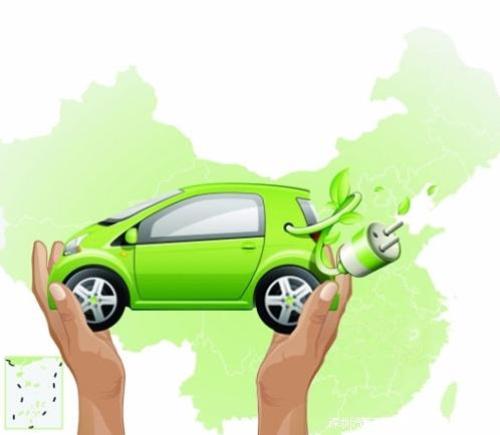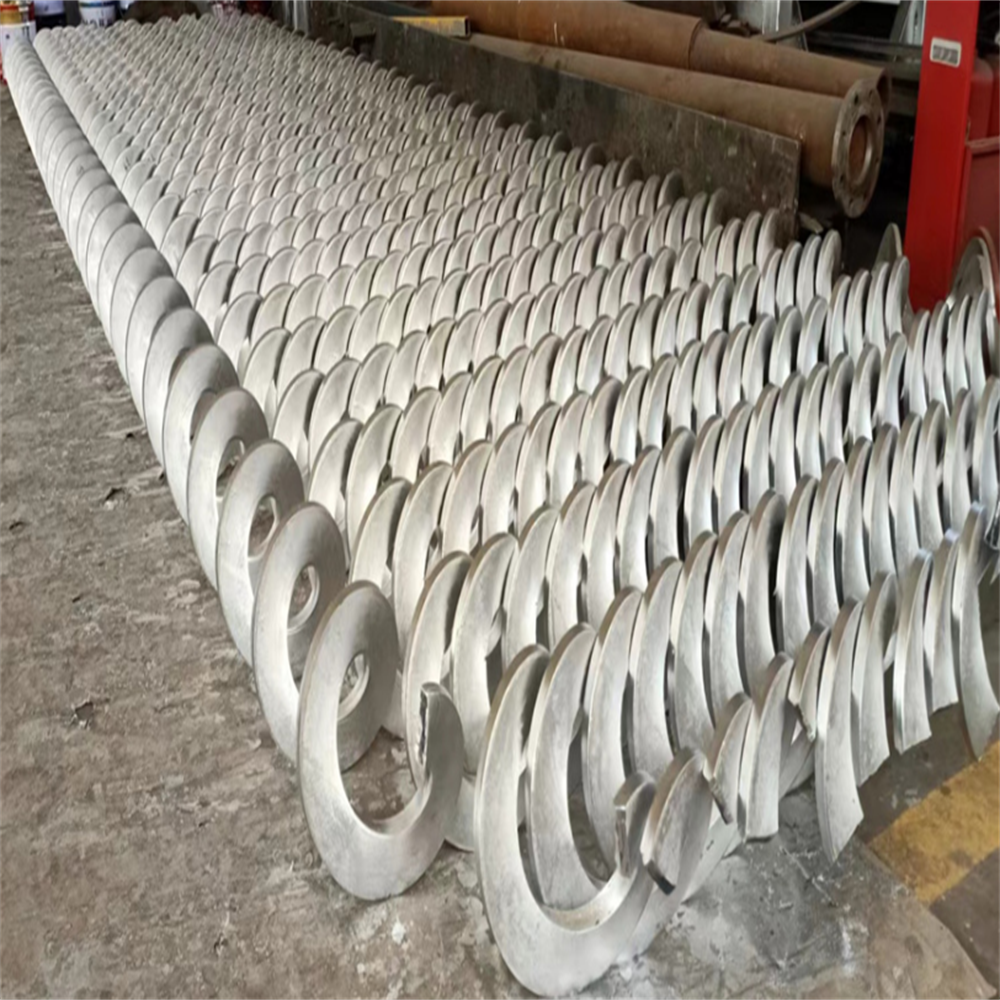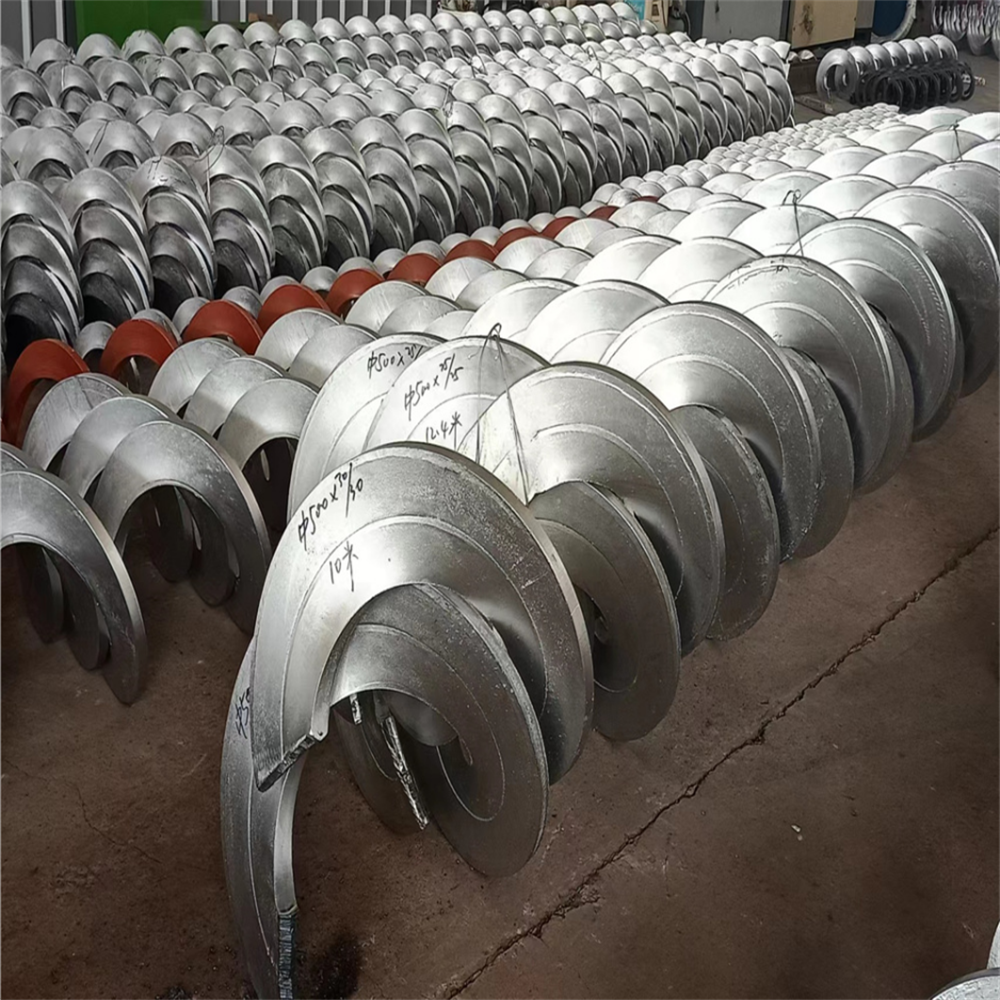Spirals are mainly used for stirring, mixing and other functions in pipeline transportation. The spiral surface of the screw conveyor has a solid spiral surface. , belt spiral surface and blade spiral surface transparent form. Screw Conveyor&Compactor,Quality Screw Machine,Automatic Conveying Feeder,Shaftless Screw Machine Wuxi Feiyiya Environmental Protection Technology Co., Ltd. , https://www.fefinegrille.com
The cold rolling mill is an advanced equipment that continuously rolls blades from strip steel. By adjusting the position (roll offset, feed height, roll pressure, guide wheel, etc.), it can roll out blades of various specifications required.


Advantages of cold rolling layout:
It has the advantages of high production efficiency, saving raw materials, good blade quality, high hole diameter, and good wear resistance.
The structures that affect the rolling shape include the material and thickness of the strip, the offset of the roll, the feeding height, the rolling force of the roll, the different specifications of the guide wheels and blades, and the increase in the temperature of the roll during the rolling process. After years of construction, the contract developed this continuous cold-rolled propeller, which has the advantages of smooth surface, high hardness, wear resistance, one-time forming, and continuous no welds.
New energy vehicles have become one of the most popular vocabularies nowadays. First, the relevant person in charge of the State Administration of Taxation on May 15 revealed that they are studying the purchase tax preferential policies for new energy vehicles. Then Shanghai and Wuhan have successively introduced new energy vehicle support. policy. Then another news came from Beijing that it will accelerate the construction of public areas and private charging piles. All kinds of signs show that the development of new energy vehicles in China has begun to gradually move from the policy encouragement stage to a real practical stage.
Guangzhou will push over 3,000 new energy vehicles during the year
It is reported that the office of the Guangzhou New Energy Automobile Development Leading Group has recently issued the "Guangzhou New Energy Vehicle Promotion and Application Work Plan" (hereinafter referred to as the "Program") and clearly stated that by 2015, Guangzhou plans to promote the use of various new types of 10,000 energy vehicles. This year, Guangzhou plans to promote the use of 3,050 new energy vehicles, including 900 buses, 300 taxis, 580 official vehicles, 270 special vehicles for environmental, postal, and logistics, and 1,000 vehicles for private use. Construction of 2,916 various types of charging piles (machines).
It is understood that in September this year, Guangzhou local car company Dongfeng Nissan’s joint-venture brand Qi Chen’s morning wind electric vehicle is expected to go public. Although Guangzhou currently buys new energy vehicles, it can be shaken alone and almost 100% can be signed. However, according to the "Guangzhou Energy Saving and New Energy Medium and Small Bus Purchase Subsidy Trial Procedures" issued by Guangzhou in July 2012, new energy medium and small passenger cars and hybrid buses with fuel saving rates exceeding 20% ​​can only be used for 10,000 yuan per vehicle. The standard gives purchase subsidies.
Guangzhou new energy subsidy policy will be introduced
A number of car owners related to reporters expressed hope that Guangzhou can increase the subsidies for new energy vehicles, while speeding up the construction of charging facilities to eliminate consumer concerns about the purchase of new energy vehicles, especially pure electric vehicles. Some consumers said that if the supporting facilities are not in place, they will not consider purchasing pure electric vehicles. According to sources, the "2014 Guangzhou New Energy Vehicle Promotion and Application Work Plan" that has been reviewed and approved recently shows that Guangzhou will implement a subsidy of 1:1 with the state subsidy policy. The specific Guangzhou new energy subsidy policy is expected to be this year. It was officially announced in June.
Major cities new energy policy
Beijing
Or delimit the red line with charging pile parking spaces
Recently, media reports said that the relevant person in charge of the Beijing New Energy Development Promotion Center stated that the construction of Beijing's charging piles and other infrastructure will accelerate. At present, Beijing Municipality requires that newly-built residential buildings have more than 18% of the total number of parking spaces in the community with parking spaces installed with charging piles. In the future, Beijing is expected to issue relevant policies to coordinate multi-stakeholders and accelerate the construction of public areas and private charging stations.
Shanghai
Free license for new energy vehicles
On May 20, the Shanghai Municipal Government issued the “Interim Measures for the Promotion of the Purchase and Use of New Energy Vehicles in Shanghaiâ€. For consumers purchasing new energy vehicles, based on the central government subsidy, according to the Shanghai New Energy Vehicle Registered Vehicle Model List and the Shanghai Municipality-established subsidy standards, Shanghai grants financial subsidies. New energy vehicle manufacturers will sell new energy vehicles to consumers after deducting the central and local financial subsidies. In addition, the policy also stipulates that when consumers purchase new energy vehicles for non-operational purposes, Shanghai will issue special licenses for free.
Wuhan
According to the national subsidy standard 1:1 to provide supporting subsidies
Recently, the Wuhan Municipal Government’s Standing Committee reviewed and in principle passed several policies encouraging the promotion and application of new energy vehicles. It is clear that new energy vehicles will be exempted from tolls on city roads and bridge tunnels, and charged free of charge at designated public charging facilities. There is no limit on the number of tails when driving inside. Wuhan will soon issue a new policy of encouraging new energy vehicles, in which clear units and individuals will purchase and use new energy vehicles, and will provide local supporting subsidies in accordance with the national subsidy standard of 1:1.